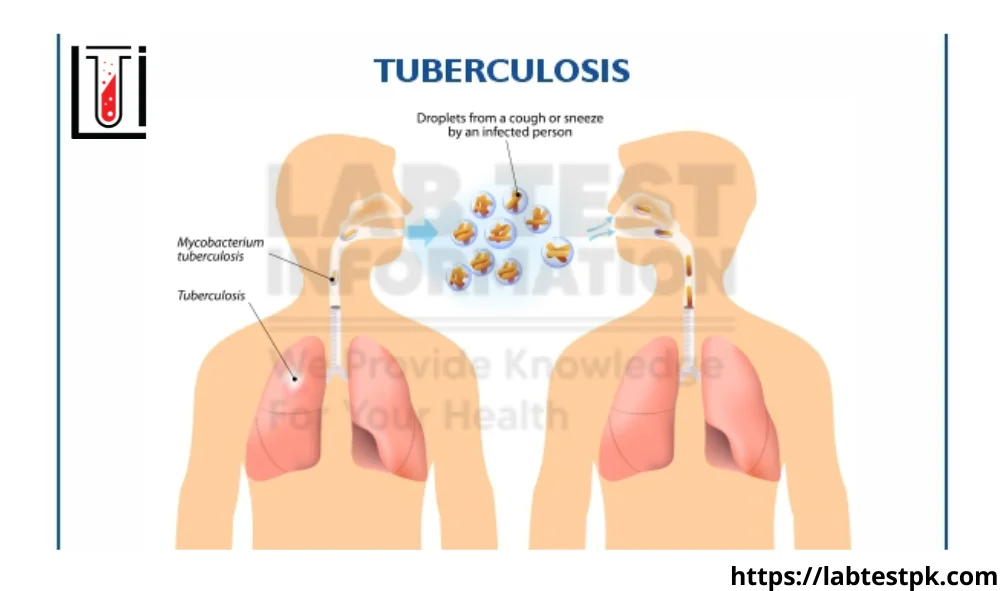Tuberculosis Disease (TB)
Tuberculosis Disease, Tuberculosis is a bacterial disease. It mainly affects the lungs but can also affect other body organs like kidneys, brain, intestine, and bones. Tuberculosis is a life-threatening condition if left untreated.
Types of Tuberculosis
There are two types of Tuberculosis.
- Active Tuberculosis
- Latent Tuberculosis
Active Tuberculosis
Bacteria multiply very fast and affect other organs also in active tuberculosis.
Latent Tuberculosis
In latent tuberculosis Patients are infected with Mycobacterium Tuberculosis but symptoms of the disease are absent. If left untreated, it can convert into Active tuberculosis.
Causes of Tuberculosis
Mycobacterium Tuberculosis
It is neither Gram-positive nor Gram-negative bacteria because of its unique cell wall containing Mycolic Acid.
How Mycobacterium Tuberculosis Transmits?
Transmission of Mycobacterium Tuberculosis
- Tuberculosis spreads from person to person through the Air when an infected person sneezes and coughs.
- It can also be transmitted by drinking contaminated unpasteurized animal milk.
Symptoms of Tuberculosis
- Night Sweats
- Fever
- Cough
- Weight Loss
- Loss of Appetite
- Chills
- Coughing up blood in sputum
Diagnosis of Tuberculosis
- Mantoux or Tuberculin Skin Test
- Blood IgM/IgG detection by ICT strips
- Ziehl Neelsen Staining
- PCR Test (Polymerase chain Reaction) MTB by PCR
- Sputum Culture
- Chest X-ray
- Interferon-gamma release assay
Prevention of Tuberculosis
- Use of a Mask while handling or living with a Tuberculosis patient
- Educate the patient to cover mouth and face while coughing, and sneezing, and use a Mask.
- Use boiled water and milk
- Use of BCG vaccine ( vaccine working in people under the age of 35 years)


[…] Brown or Rust-Colored Sputum: This could be a sign of old blood and may occur in conditions like pneumonia or tuberculosis. […]
[…] is particularly valuable in diagnosing TB by detecting the DNA of tuberculosis bacteria and provides rapidly accurate results, often within a few hours, compared to traditional […]
[…] culprits include Salmonella, E. coli, Campylobacter, norovirus, and Staphylococcus […]
[…] Less than 5 millimeters (mm) is considered a negative test result. A negative test does not mean that the patient is not infected with M. tuberculosis. […]
[…] Coughing may persist for several weeks, even after the other symptoms have improved. […]
[…] Optima Lab Tests ResultsActive TB Diagnosis: Detects active TB infection quickly. […]
[…] Normal RDW with low MCV may have anemia resulting from thalassemia or a chronic disease, such as that caused by chronic kidney disease. […]